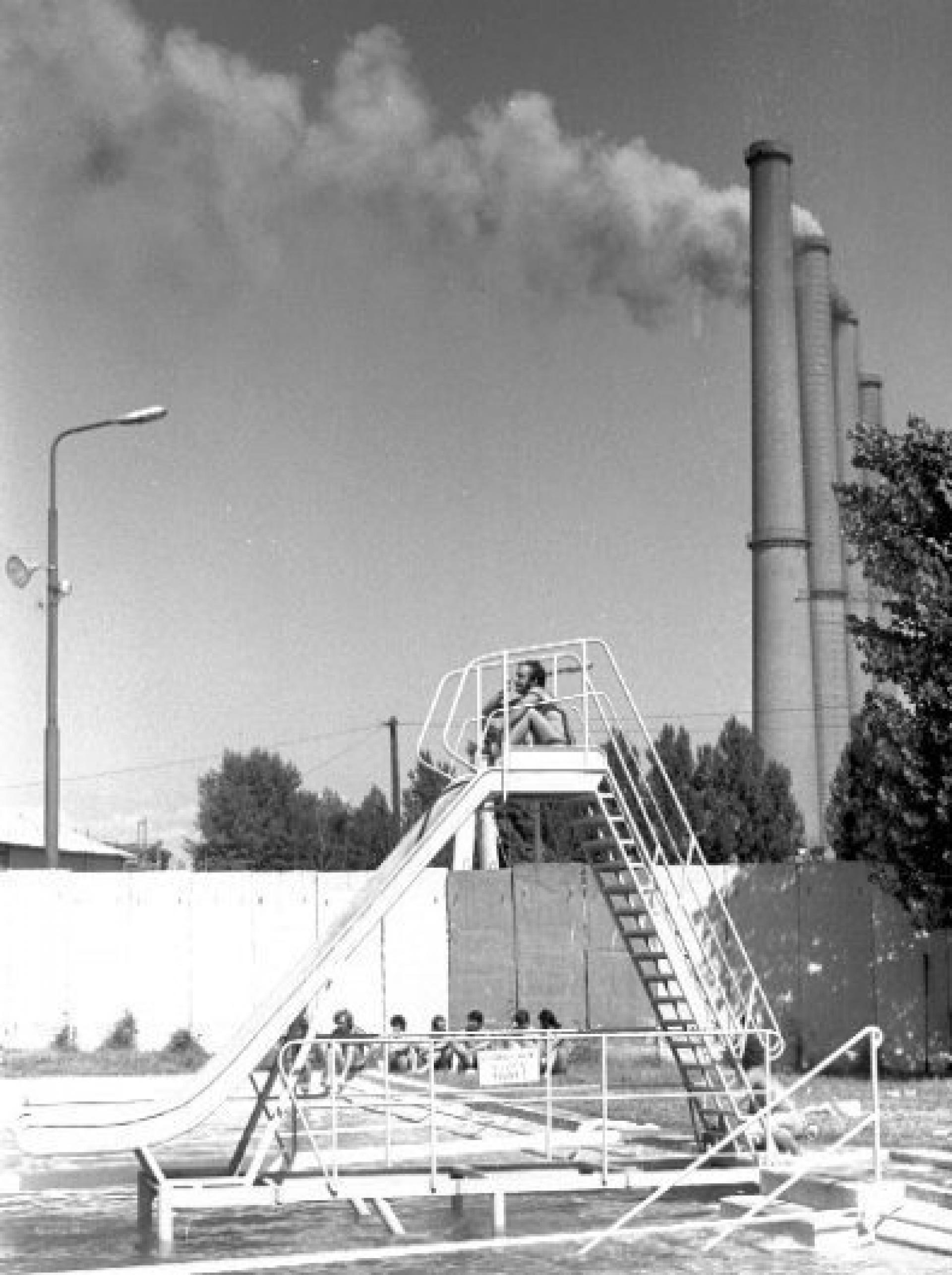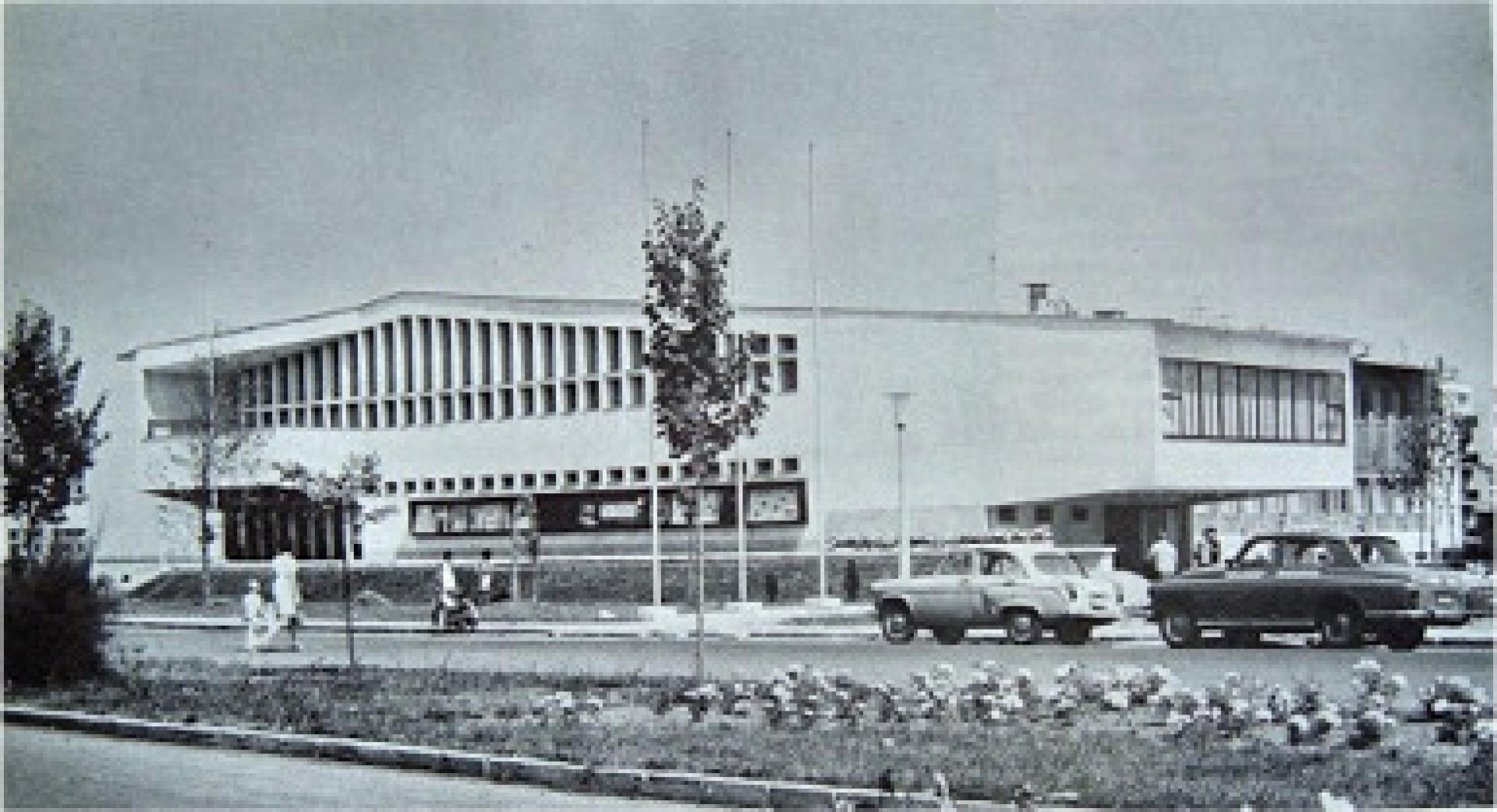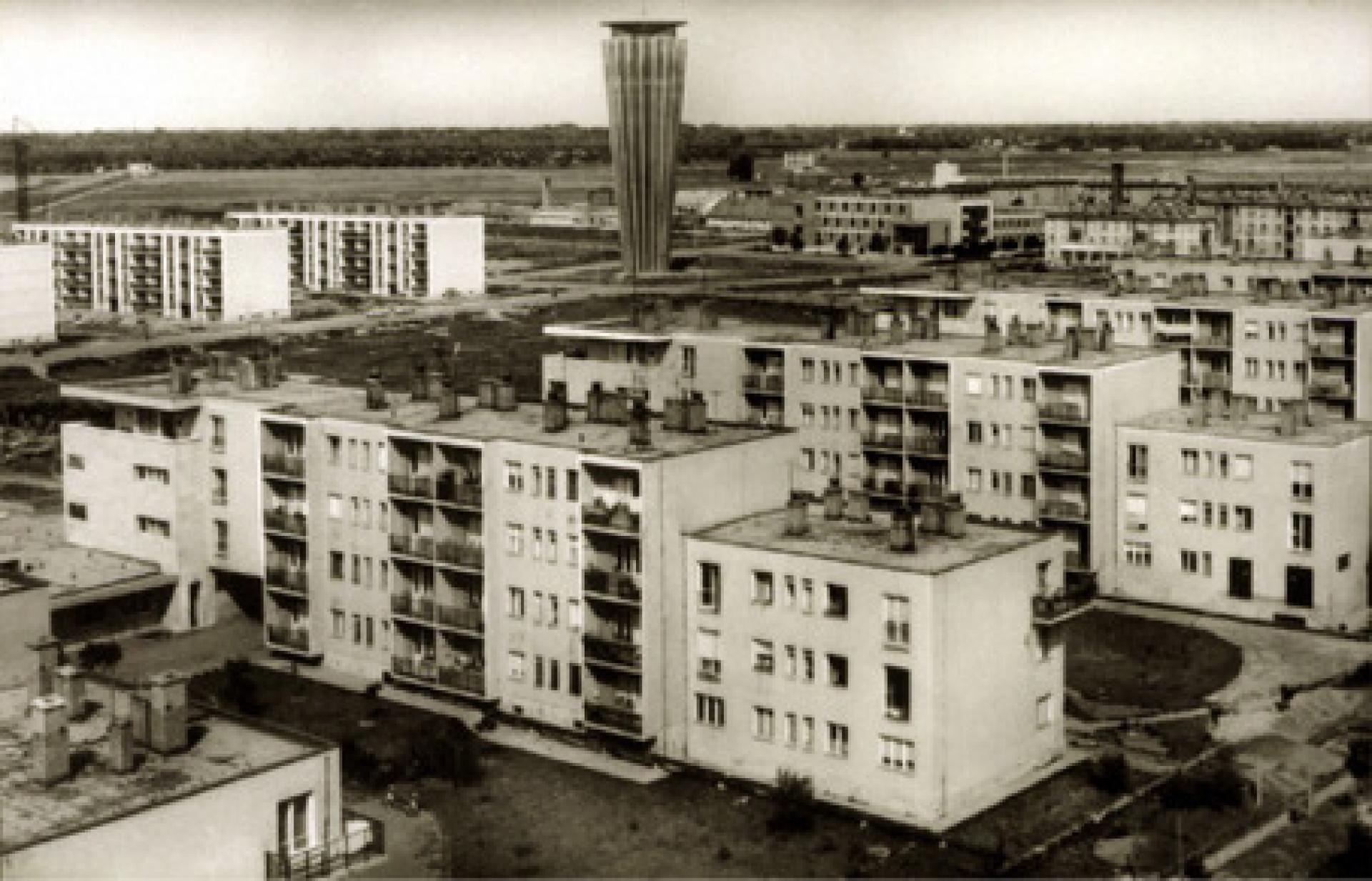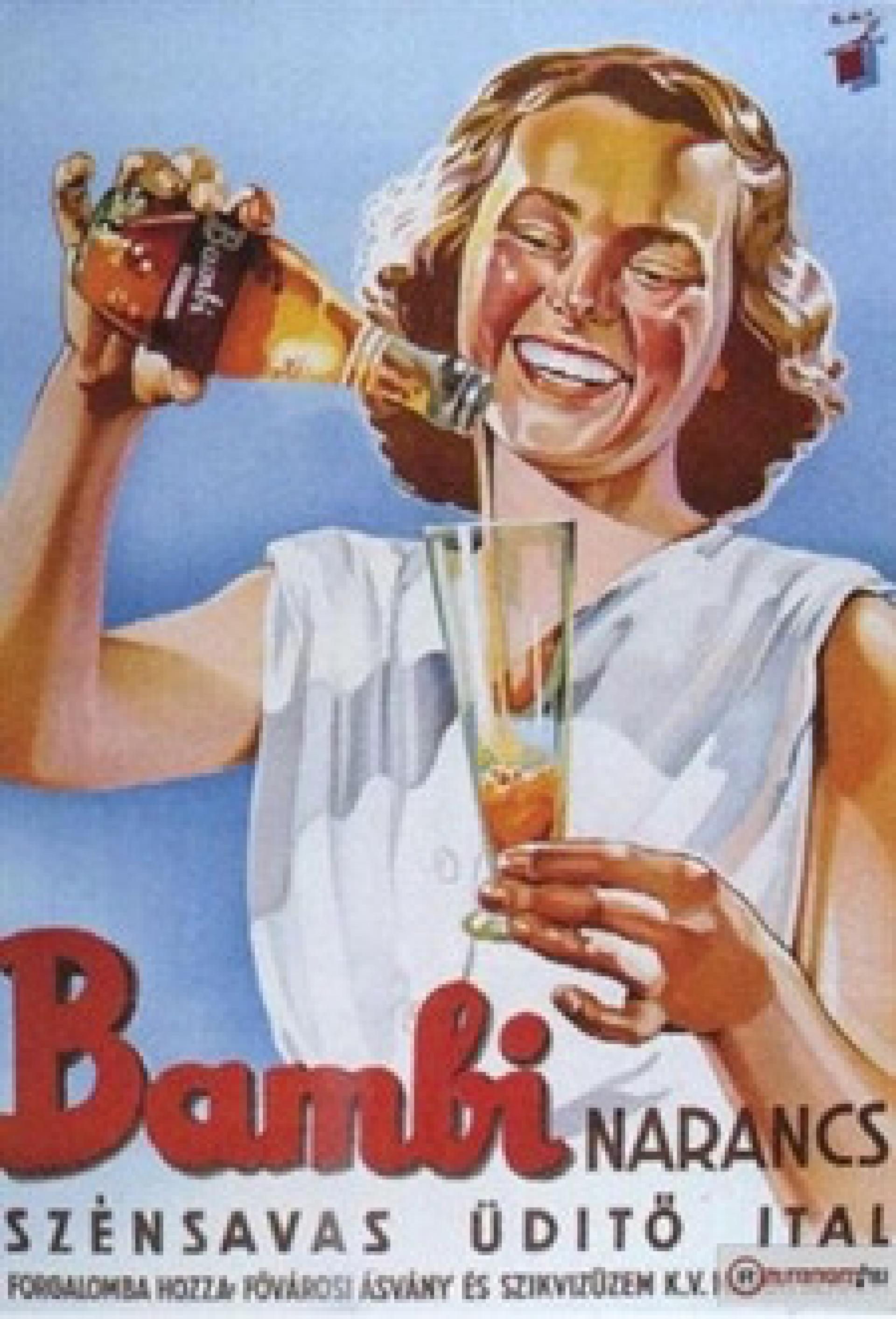Living With Industry
This is a summer issue with a view on a different kind of city. A city which escapes the limelight of trendy urbanist discussions, but a city which is representative for a wide range of towns of the industrial era all over the world. Thank you, Maria for sharing this very special first-hand account with us!

Tiszaújváros at a distance | Photo: Bereczki Zoltan
Blocks of flat, a water tower, smoke from a factory chimney, these are essential elements of the townscape I want to introduce. As I approach the town on the highway, transmission lines guide me on my way, and, instead of noticing the local church’s steeple, the first glance I take in is the local power plant’s huge industrial chimney. It tells me I am close. Tiszaújváros has two faces, one you live in, and an industrial one where you go to work. These two parts are geographically separated by a safety zone. The latter is full of factory facilities, refineries, pipes, elements of brutalist industrial architecture, no trees, no green - in the former you want to create a cosy and liveable place for yourself.

Outdoor pool with the thermal power station in the background | Source: Tiszaúváros Retro
This schizophrenic situation is the result of Tiszaújváros’ artificial birth. It had been a child of Hungary’s Communist industrialisation programme in the 1950s. In those times, the Communist Party decided to artificially facilitate industrial development in the North-Eastern part of the country. In only 15 years, with complete central planning and no former history, the town grew out of the ground, in an area where there was formerly only agriculture and fields. The newly built town was destined to be the home to the country’s largest chemical facility with its own power plant. In 1970, on the anniversary of Lenin’s 100th birthday, it was renamed Leninvaros, Lenin’s town.

During construction | Source: Tiszaúváros Retro
The industrially driven city planning had it impact on the residential areas. There is for instance the all-concrete milkshake-glass-shaped water tower, a frequent meeting point of young locals who are heading to go out, or the cultural center which is a nice example of Socialist Realism in architecture. The all-encompassing industrialism also had its bright sides for the people who lived there, in forms of nice symbioses. I remember going plenty of times to the local skating rink to skate in the summer, something you couldn’t have done in any other town in the country. This rink made use of the residential cooling power of the chemical factory – a by-product of ’Lenintown’s’ ammonium production.

Outdoor swimming pool and skating rink next to the chemical factory | Source: Tiszaúváros Retro

Derkovits Gyula Cultural Center | Source: retronom
Leninváros had never been like a real town in the classical sense. Everybody knew each other like in a village, and there was a sense of camaraderie as everyone worked together in the factory. During the old times the industry set the daily rythmn, in the mornings the streets were abandoned while everybody was at work. After 4 p.m. it woke up and become lively again. People were shopping, meeting friends, or just relaxing on a bench in the town park, sipping a Bambi - a popular soft drink at that time.

The town with the view of the watertower | Source: istenbizony
In 1989, at the end of the Communist era, the town started to reinvent itself and loosen its connection with its industrial past. The first way to force this change was by giving itself a new name, Tiszaújváros. People started to leave the old blocks of flats and moved into detached houses; new public buildings have abandoned the town’s industrial culture for their own styles – more or less successfully. Currently Tiszaújváros strives to find itself. And I still want to go out and have a Bambi - sometimes.
- Mária Thuróczy
